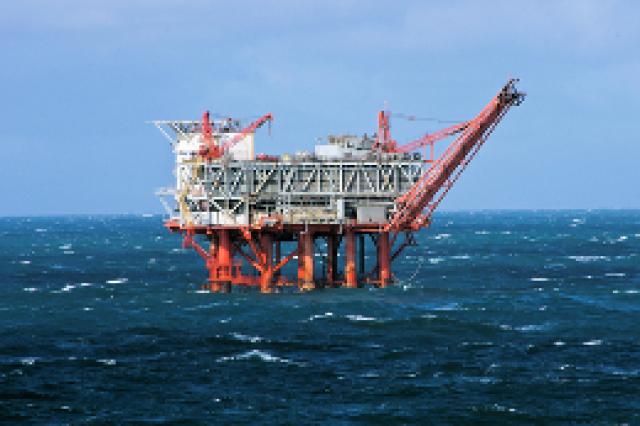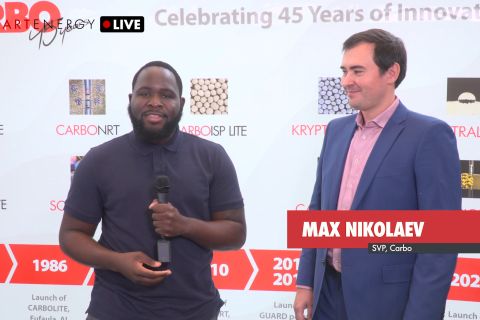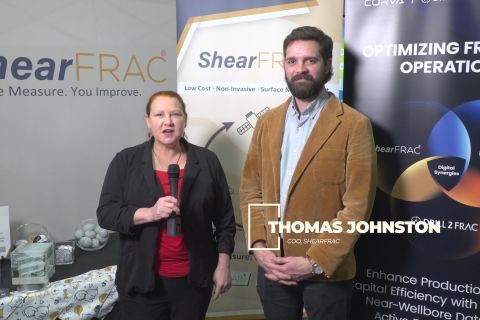
Private-equity-backed Northstar Offshore Group LLC is the fourth iteration of a private producer focused on the Gulf of Mexico (GoM) for president Glynn Roberts, who described his build-to-sell strategy to the Houston Energy Finance Group recently.
“We never do a deal or anything on a well without thinking about how it will affect our exit,” Roberts said.
The offshore arena has changed dramatically in the past 10 years, he said. Acquisitions were not the driving force, but did play a part. Today they are an increasingly important factor, and many large independents have been exiting the area, which is an opportunity for Roberts.
“When Katrina and Rita happened, the market changed,” he said.
“People started talking about the shale plays and MLPs, and we started being in disfavor. But offshore we have the same size reservoirs; we just produce them faster -- and we think that’s a good thing. I think the concept of long-lived reserves is over-rated. Water-drive formations like we see offshore do concern bankers because they decline faster, but the GoM shelf has been a wonderful success story.”
Northstar CFO Jim Ulm, also in attendance, quipped that his former offshore employer, the old Pogo Producing Co., used to say every year for 28 years that it had only a six-year reserve life.
The debate continues on whether the GoM, especially the shallow shelf, is an economic place to build a company. Large independents that have exited the GoM in recent years include Newfield Exploration Co., Petrohawk Energy Corp., Pioneer Natural Resources, and EOG Resources. The Northstar entities have acquired assets from the last three.
In 2008, Roberts sold his Northstar GOM LLC to Dynamic Offshore. With Natural Gas Partners Fund IX LP, he formed Northstar Offshore Energy Partners, which was sold to a Korean consortium called Ankor Energy in December 2011 for a 2.5-to-1 return.
In February of this year, his team formed the current entity with equity contribution of $102 million from Natural Gas Partners X.
“I took a management course once and their biggest question is always this: What is your competitive business advantage? For us, it is the leasehold because every company has pretty much equal access to the same technology and good people.”
Roberts said private equity’s recent big splashes in the GoM confirm what he already believes, that the Gulf is a great place to drill. He did say he was concerned, however, as the spate of recent deals makes him feel he has to step up his game as the competition for assets increases. He cited Quantum Energy Partners’ recent $300-million funding of startup Renaissance Energy. Immediately after formation, Renaissance acquired the Ship Shoal 266 field off the coast of Louisiana with an average water depth of 55 m (180 ft).
Also this spring, Warburg Pincus led an investor group to commit up to US $1.125 billion into a deepwater startup, Venari Resources LLC. Finally, Apollo Global Management and Riverstone Holdings LLC committed $600 million to Houston’s Talos Energy LLC. Talos will focus on the Gulf Coast and the GoM, primarily in shallow water.
Roberts favors the shallow water, where the infrastructure is well developed, title is simple (only one owner to deal with, which is the federal government), there is less competition than onshore, and wells have a high rate of return. “And, deal flow is outstanding.”
Contact the author, Leslie Haynes, at lhaines@hartenergy.com.
Recommended Reading
Tech Trends: Halliburton’s Carbon Capturing Cement Solution
2024-02-20 - Halliburton’s new CorrosaLock cement solution provides chemical resistance to CO2 and minimizes the impact of cyclic loading on the cement barrier.
Exclusive: Carbo Sees Strong Future Amid Changing Energy Landscape
2024-03-15 - As Carbo Ceramics celebrates its 45th anniversary as a solutions provider, Senior Vice President Max Nikolaev details the company's five year plan and how it is handling the changing energy landscape in this Hart Energy Exclusive.
The Need for Speed in Oil, Gas Operations
2024-03-22 - NobleAI uses “science-based AI” to improve operator decision making and speed up oil and gas developments.
ShearFRAC, Drill2Frac, Corva Collaborating on Fracs
2024-03-05 - Collaboration aims to standardize decision-making for frac operations.
Chevron Hunts Upside for Oil Recovery, D&C Savings with Permian Pilots
2024-02-06 - New techniques and technologies being piloted by Chevron in the Permian Basin are improving drilling and completed cycle times. Executives at the California-based major hope to eventually improve overall resource recovery from its shale portfolio.





